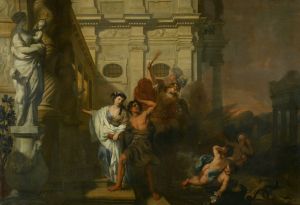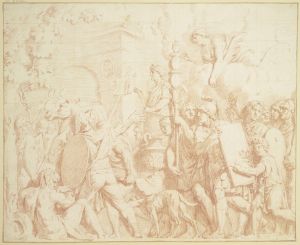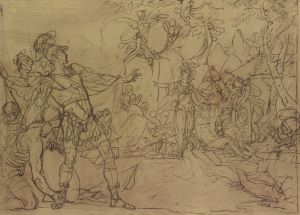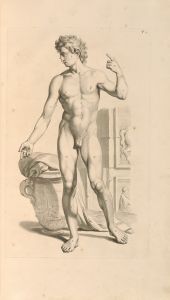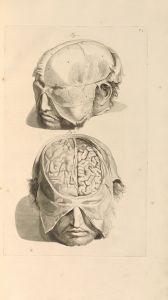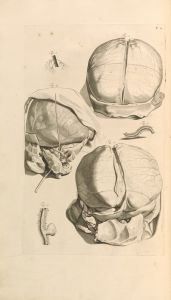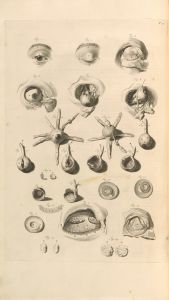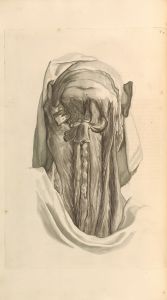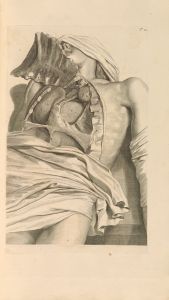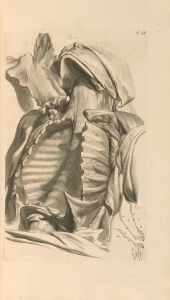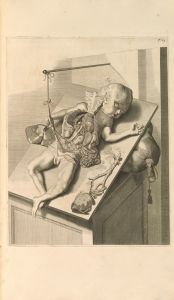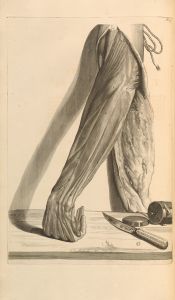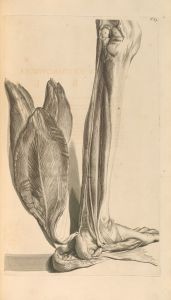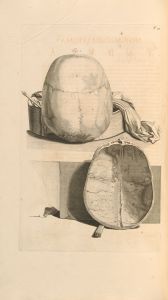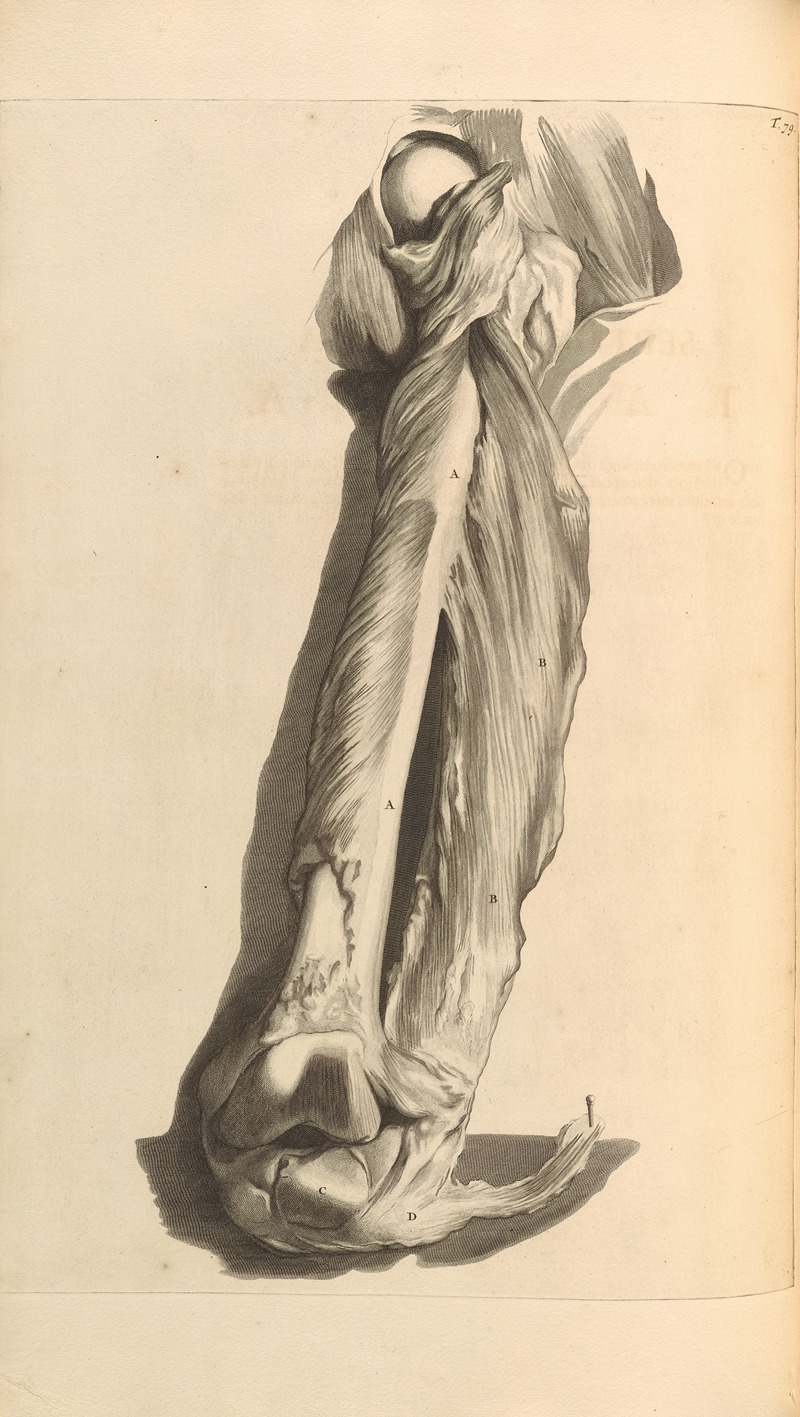
Anatomia humani corporis Pl.080
A hand-painted replica of Gerard de Lairesse’s masterpiece Anatomia humani corporis Pl.080, meticulously crafted by professional artists to capture the true essence of the original. Each piece is created with museum-quality canvas and rare mineral pigments, carefully painted by experienced artists with delicate brushstrokes and rich, layered colors to perfectly recreate the texture of the original artwork. Unlike machine-printed reproductions, this hand-painted version brings the painting to life, infused with the artist’s emotions and skill in every stroke. Whether for personal collection or home decoration, it instantly elevates the artistic atmosphere of any space.
Anatomia humani corporis Pl.080 is an illustration created by Gerard de Lairesse, a renowned Dutch Golden Age painter and art theorist. Born in Liège in 1640, de Lairesse moved to Amsterdam, where he became a prominent figure in the art world. Despite suffering from congenital syphilis, which eventually led to blindness, de Lairesse produced a significant body of work, including paintings, illustrations, and theoretical writings on art.
The illustration in question, Anatomia humani corporis Pl.080, is part of a larger series of anatomical drawings that were included in the book "Anatomia Humani Corporis," published in 1685. This book was a collaborative effort between de Lairesse and the Dutch anatomist Govard Bidloo. Bidloo, born in Amsterdam in 1649, was a notable physician and anatomist who later became the personal physician to King William III of England. The book aimed to provide a comprehensive and detailed depiction of the human body's anatomy, combining Bidloo's scientific expertise with de Lairesse's artistic skills.
Anatomia humani corporis Pl.080 is one of the many plates in the book that illustrate various aspects of human anatomy with remarkable precision and artistic finesse. The illustrations in the book are known for their meticulous detail and accuracy, reflecting the high standards of both Bidloo's anatomical knowledge and de Lairesse's artistic talent. Each plate in the series is accompanied by descriptive text written by Bidloo, explaining the anatomical features depicted in the illustrations.
The collaboration between Bidloo and de Lairesse was significant in the history of anatomical illustration, as it marked a departure from the more stylized and less accurate representations of the human body that were common in earlier works. The detailed and realistic approach taken by Bidloo and de Lairesse set a new standard for anatomical illustration, influencing subsequent works in the field.
De Lairesse's contribution to the book was not limited to his artistic skills; his understanding of anatomy and his ability to translate complex anatomical structures into visually comprehensible illustrations were crucial to the success of the project. Despite his eventual blindness, de Lairesse's earlier works, including the illustrations for "Anatomia Humani Corporis," continued to be highly regarded for their artistic and scientific value.
The book "Anatomia Humani Corporis" was well-received and became an important reference for both artists and anatomists. It exemplified the fruitful collaboration between art and science during the Dutch Golden Age, a period marked by significant advancements in various fields of knowledge.
In summary, Anatomia humani corporis Pl.080 by Gerard de Lairesse is a notable example of the intersection between art and science in the late 17th century. The illustration is part of a larger work that combined the expertise of anatomist Govard Bidloo and the artistic talent of de Lairesse, resulting in a highly detailed and accurate depiction of human anatomy that set new standards for anatomical illustration.





